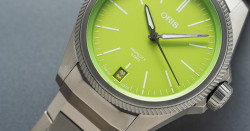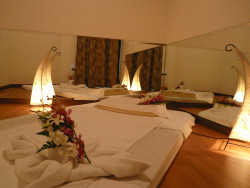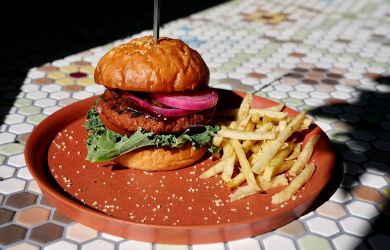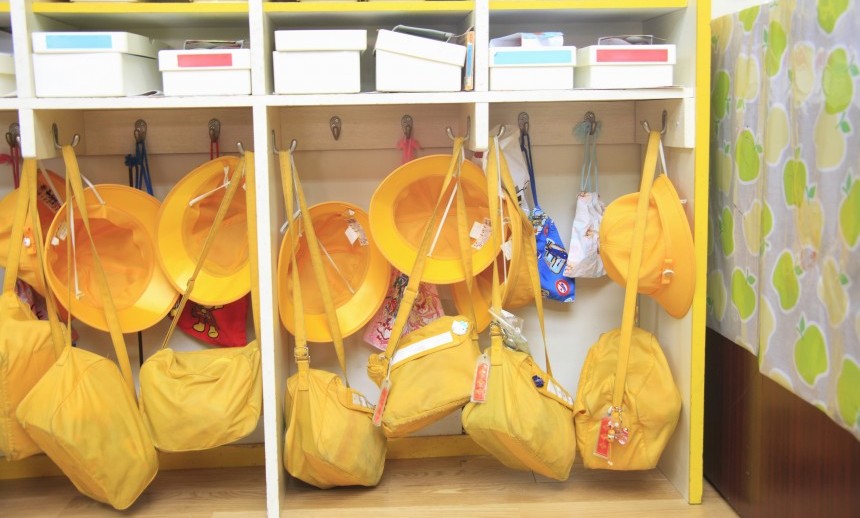
July 30, 2018
Navigating Childcare in the City
A glossary and guide for finding the best in Japanese daycare
By Ai Uchida
In this city it’s never too early to start thinking about Japanese daycares and kindergartens. Even though the new school year won’t start until April, the latest Labor Ministry statistics show that tens of thousands of children in Tokyo alone are waiting to get into government-licensed daycares. Waiting lists can be months long at independent daycares and kindergartens will start their application process in just a few months, so it’s best to familiarize yourself with your childcare options as soon as possible. Here are some tips to navigate the labyrinth that is Japanese childcare.
Ninka-Hoikuen (Government-Licensed Daycares)
Ages: 0 to 5 at the time of entrance
Who it’s for: Parents who work full-time or have other obligations
Where to apply: Your local ward office
Basics
Ninka-hoikuen watch infants and pre-elementary school children on behalf of guardians who can’t due to work or health-related issues. The Labor Ministry runs these centers and the staff’s emphasis is on care and nurturing rather than academics. The hours complement a standard working day. Snacks and hot meals are provided and there is a nap time after lunch.
The lowdown
Ninka-hoikuen are subsidized, so households pay out of pocket a fraction of the school’s actual running costs, and even that amount is based on your combined household income and how many kids you already have enrolled in the system. The centers abide by an intricate set of rules set by the government on things like the size and number of rooms for specific age groups and if there is an outdoor play area on or near the premises. (Note: for better or worse, these rules are being relaxed by the government to increase the number of daycares.) Entrance into a ninka-hoikuen is based on ‘how much you need help’ (i.e. if you live with a healthy grandparent, odds are against you because authorities see Grandpa as someone who could watch Junior while you’re at work). On the other hand, if you are a single-parent household, you literally earn more points — since admission is decided on a points-based system. This points system also favors people who live in that ward and pay ward taxes. There are a dozen other things on the checklist that will determine your final tally.
Ninka-hoikuen include both public and private centers, which makes the admissions process somewhat confusing, but your application, even for multiple centers, is usually a one-stop process at your local government office. You can apply for entrance any time of the year but deadlines are as early as November to be admitted for April, when spots tend to open up. Check with your ward office to clarify your local admissions deadlines.
The downside
Hoikuen cannot watch your children when they are sick. For that, there are specialized nurseries called byouji-hoiku. Some hospitals and clinics have byouji hoiku areas on the premises. NPOs like Florence will send caregivers to your home. You must be registered to use these services.
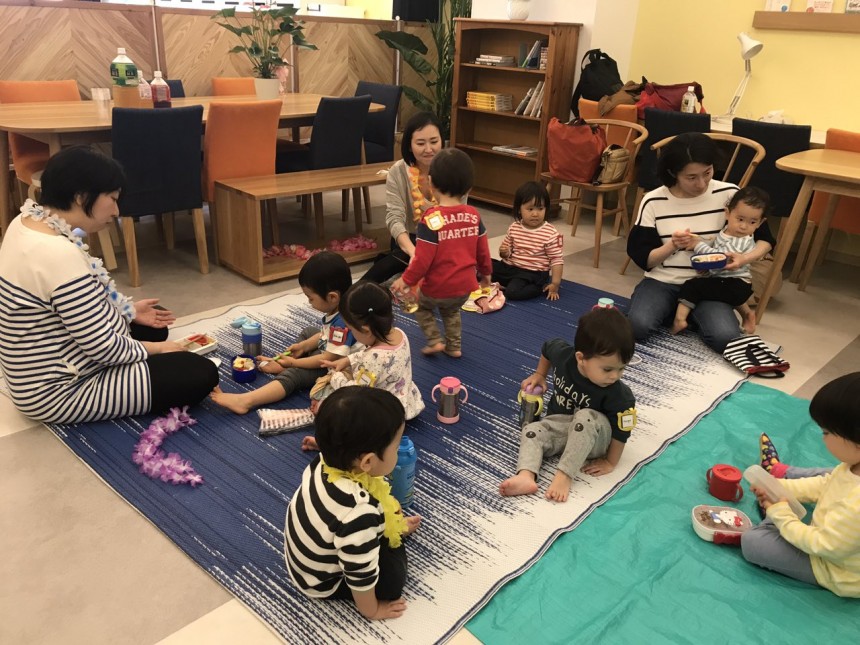
Ninsho, Nintei, Ninkagai-Hoikuen and Preschools
Ages: 0 to 5 at the time of entrance
Who it’s for: Anyone
Where to apply: Directly at each center
Basics
Ninsho and nintei centers are those that have gotten nods of approval from the government, but do not meet all the guidelines to be a ninka; ninkagai refers to all other centers operating outside of government guidelines. That doesn’t mean these centers are not abiding by the standard rules to establish a daycare, nor does it automatically mean they are subpar. It is, afterall, pretty hard to find open-air play areas in the middle of Tokyo, a requirement for a ninka. Because these centers have more flexibility in how they operate, they’ll often offer a more varied curriculum, like classes in language, music, arts and sports. They may require less day-to-day interaction from the guardians, like laundry or bed-making. The hours could also be more flexible. You’ll even find twenty-four hour “baby hotels” that will watch your kids through the night. Non-ninka centers are on a first-come-first-served basis, and you can apply or get on the waitlist as soon as you’re expecting and have attended an information session.
The downside
Because these centers are not subsidized, you will pay more in fees than at a ninka. But some wards will reimburse a portion of those costs, and/or give you extra points toward a ninka spot. Each ward has its own rules so make sure to check with your local government office.
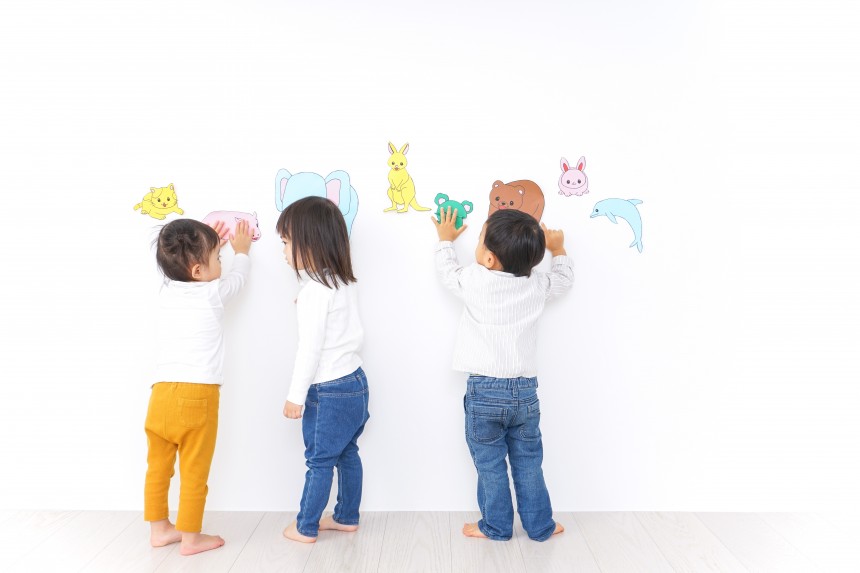
Yochien (Kindergarten)
Ages: 3 (sometimes 2) to 5 at the time of entrance
Who it’s for: Anyone can apply to private yochien, usually only those who live in a ward can apply for public yochien
Where to apply: Usually directly to the school, but sometimes through the ward office
Basics
The Ministry of Education runs kindergartens, so the focus is on academics. Kids sit at desks and are taught subjects like writing and math. There is no nap time. Hours are shorter and the kindergarteners are required to wear uniforms. Guardians are often expected to prepare their child’s lunch and snacks. There are summer, spring and winter breaks.
The lowdown
Kindergartens are sometimes the first time parents send their kids away for a significant part of the day. With long holidays and shorter daily hours, you’ll find more guardians (usually moms) at yochien that don’t work full-time, fostering a much more hands-on environment for parents — a plus for those who want to be involved. Obento, or lunch boxes, is where many parents start. Now is the time to try your hand at onigiri that resemble your kids’ favorite cartoon characters. Kids will also be asked to bring handmade bags, one each for obento, a cup, shoes and art supplies. Some kindergartens are known to be feeder schools for prestigious elementary schools and entrance to such kindergartens can be competitive. Events like Sports Day may be scheduled in the middle of the week.
The downside
Daily hours are shorter than at a hoikuen, and holidays during spring and summer mean no school. However, some kindergartens offer extended childcare for working parents, and some wards allow kindergarteners to attend local daycares full-time during the summer break. Be careful about the timing 1) when you go and get the application and 2) when you apply. Both have steps to be completed in person and there is often a very limited window of time in which they take place, even for public kindergartens. Also, tuition varies greatly.
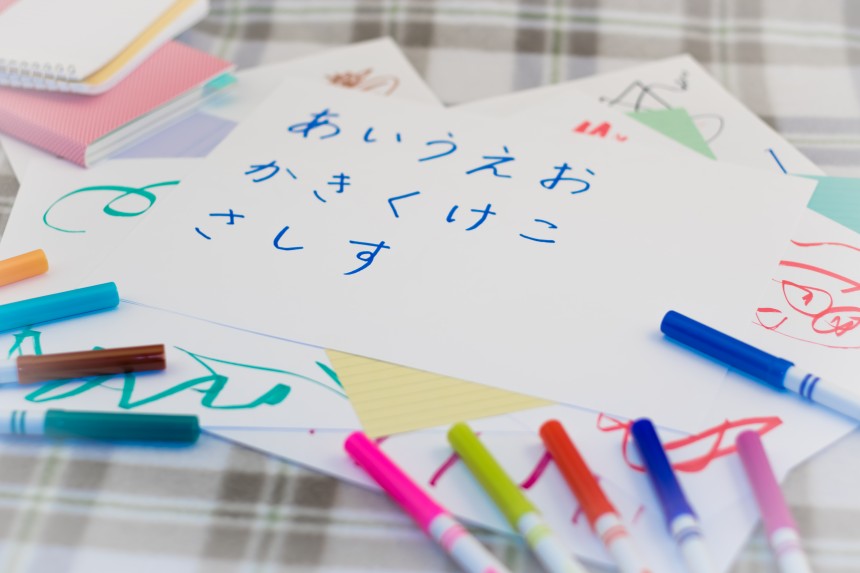
Other Options
Ichiji-azukari
In many wards there are facilities that will watch babies and toddlers, sometimes even up to teenagers, for several hours at a time and for pocket change. This is called ichiji-azukari, which literally means “one-time care.” This could be a lifesaver for parents who need a few hours to themselves, or if their work hours are irregular. The beauty of ichiji-azukari is that they don’t require a reason for why you need the care. Sometimes these facilities have an adjacent play area you can visit together with your kids; if you make it a point to make a few visits beforehand, it can be a familiar place for your child.
Babysitters
You can get help up to a couple of hours at a time through the Family Support Center at your ward office. It is a lengthy application process, as you’ll need to answer questions in person about what kind of help you’re looking for. An advisor will then go through the database to see if there is a match in your neighborhood. Finally, and if you’re lucky, you’ll find a match and see if they’re the right fit. It’s obviously not a feasible solution for last-minute date nights, but if ballet practice is every Tuesday afternoon and you just can’t get out of the office in time, you could ask for someone to do the pick up and drop off on your behalf regularly. Prices are very reasonable at about ¥800 per hour, but again, it’s only for a couple of hours at a time. For everything else, including those last-minute date nights, try babysitter services like Kidsline, which, conveniently, has a smartphone app. Each babysitter lists their strengths and availability right on his or her introduction page. However, prices vary greatly.
Facebook groups
A great resource for any parent are other parents. Groups like Tokyo Mothers Group and Parents with Kids in Japanese Schools are encouraging arenas that allow you to ask questions and pitch your own advice to other parents in need.
Good luck, parents.
